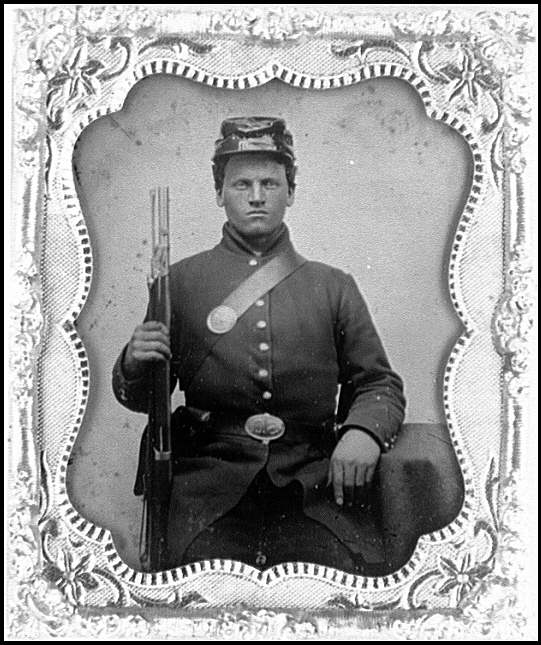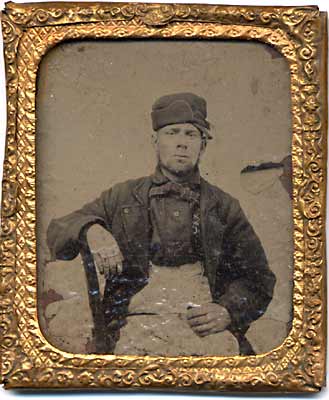What is commonly thought of as the first photographic exposure by Niepce was 8 hours long to get this image.

After Niepce's death Daguerre had accidently discovered a process of latent development where the image was invisible to the naked eye until treated with a developer chemical (Think of this like when you are making a print in the dark room. First you expose the paper, but after the light turns off and the exposure is finished, you can't actually start seeing the image until you put it in the developer.)
Talbot came across a discovery of using gallic acid to treat photographs much later than Daguerre (which is another reason why his process wasn't as popular at first) and by the fall of 1840, exposure times could be cut down from the expected half hour to 30 seconds on a very bright day.
in 1847 people started using glass negatives coated with albumen (egg whites) to help with the definition and fading problems that were plaguing paper photography, but while the glass negatives had no grain, the procedure was complicated and the exposure time was longer than what was needed for daguerreotypes.
In 1850 Fredrick Scott Archer, an English engraver turned sculptor, published a method of sensitizing a newly discovered colorless and grainless substance, collodion, to be used on glass. Because the exposure was a lot shorter when the plate was used in a moist state (20 times shorter compared to previous methods), the process became known as the wet plate or wet collodion method. An immediate drawback to this process was having to carry a mini darkroom with you to sensitize and then develop every plate you wanted to expose, but the crisp definition and contrast were exactly what many photographers were looking for that paper negatives couldn't offer and the collodion method went on to really expand photographic activity in virtually every genre of the medium.
Unlike Talbot, who tried to say that the collodion method was already covered by one of his calotype patents, Archer looked at his discovery as a gift to the world and did not look to make any money from it (he died impoverished in 1857, only 7 years after his discovery.)

example of a print from wet plate collodion
1854: James Ambrose Cutting invents the ambrotype, a on glass using the wet plate collodion process. The main difference is that the image appears positive and you don't have to make a print from it. Exposures were also made while the plate was still wet with collodion and then dipped in silver nitrate. Exposure ranged from roughly 5 - 60 seconds depending on light conditions. The plate is then developed and fixed. The resulting negative, when viewed by reflected light against a black background, appears to be a positive image: the clear areas look black, and the exposed, opaque areas appear light. (while being a totally different process and final result, the whole aspect of a negative appearing as a positive isn't too far off from daguerreotypes)

ambrotype
Also in 1854: André-Adolphe-Eugène Disdéri introduces a style of photography using albumen paper. It came to be called the carte-de-visite because the size of the mounted albumen print (4 by 2.5 inches [10.2 by 6 cm]) corresponded to that of a calling card. Disderi used a camera with 4 lenses to produce 8 negatives on a single glass plate. This sped up the whole process by only needing to work with 1 plate to produce up to 8 images that would later be separated. Albumen paper was also used to print from single glass negatives.

carte-de-viste
Throughout the 1850s, the ambrotype was becoming more and more popular, weeding out the daguerreotype's popularity, but as the 1860's came along, the tintype started doing just the same to the ambrotype. The tintype (also known as melainotype or ferrotype) was first described in France by Adolphe-Alexandre Martin in 1853 but later patented in the US by Hamilton Smith and by William Kloen of Great Britain both in 1856. The tintype was much like the ambrotype except instead of using glass, there was a black enameled iron and the emulsion was gelatin silver based. Another advantage of the tintype was that they were able to be processed and developed much quicker than previous methods, making them much more practical from a business and customer standpoint.

tintype
coming next: dry plate photography, film, consumer cameras, kodak. oh my!



No comments:
Post a Comment